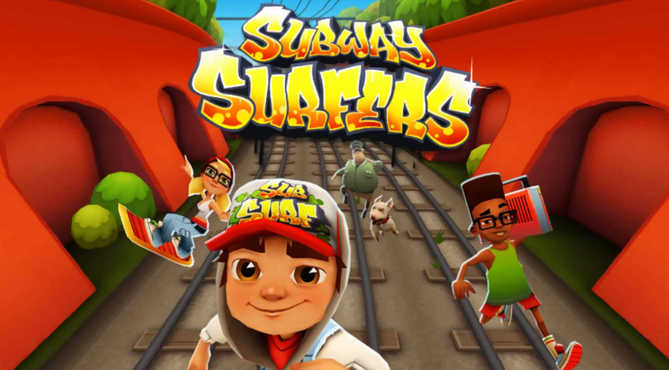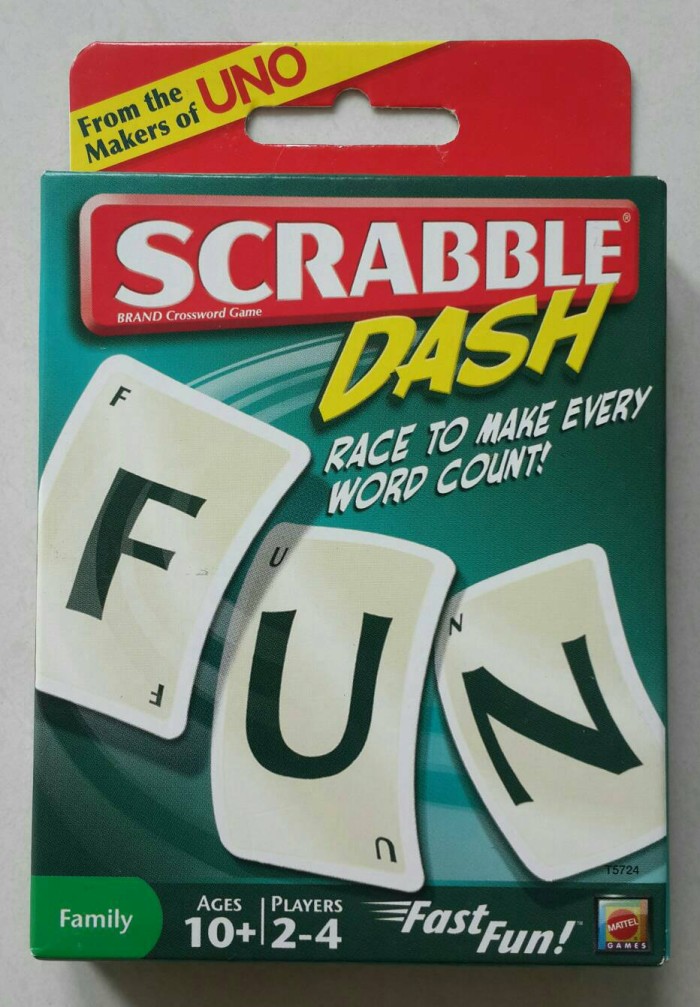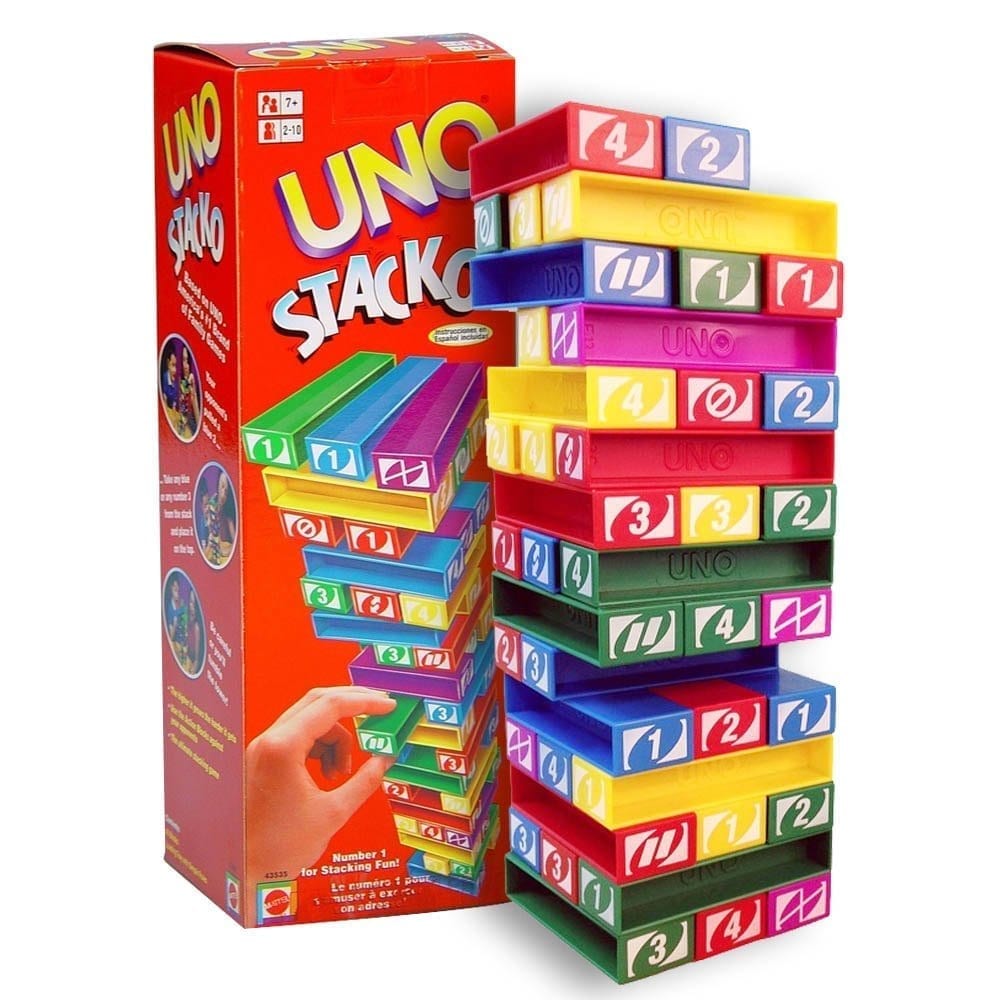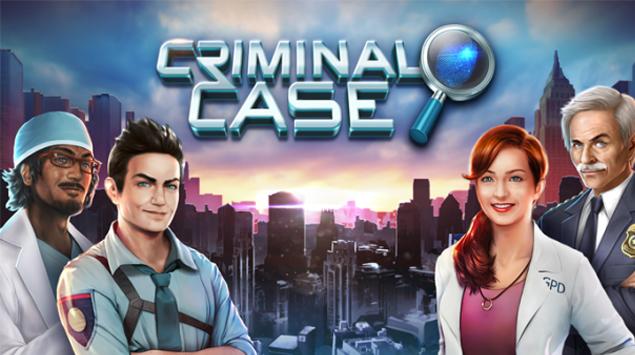GAMES STUDIES- EXERCISES
27/8/19- X/9/19 (Week 1- Week 14)
Andrea Vie Choong Jia Qi (0331945)
Games Studies
Exercises
Comparative Knowledge of Games Studies (Game Reviews)
_____________________________________________________________________________
LECTURES
Lecture 1: Introduction to the module- Games Studies
27/8/19 (Week 1)
On our first day of class, we had a lecture on what we are going to learn throughout this module and what to expect from it. We also went through the Module Information Booklet and the marking sheet.
Lecture 2: -
3/9/19 (Week 2)
We had no lecture this week but we were briefed on our weekly game reviews to complete in pairs and project 1.
Lecture 3: -
10/9/19 (Week 3)
We had no lecture this week.
Lecture 4: -
18/9/19 (Week 4)
We had no lecture this week and we continued to play 2 games created by Mr. Charles.
Lecture 5: -
We had no lecture this week and we continued to play 2 games created by Mr. Charles.
Lecture 5: -
25/9/19 (Week 5)
We had no lecture this week but we reviewed our game reviews in our blogs.
Lecture 6: -
We had no lecture this week but we reviewed our game reviews in our blogs.
Lecture 6: -
2/10/19 (Week 6)
We had no lecture this week but we had a consultation on our tabletop game idea.
We had no lecture this week but we had a consultation on our tabletop game idea.
GAME RULES
Module Information Booklet (MIB)
__________________________________________________________
EXERCISES
Comparative Knowledge of Games Studies (Game Reviews)
Game Review #1: Conquer the Chairs
28/8/19 (Week 1)
During our tutorial class, we were introduced to two analog games which are Monopoly and Risk. We discuss how the game is played and the narrative behind these games.

Fig 1.1 Left: Monopoly, Right: Risk
After that, we had to come up with a game in 3 minutes that we can play using only the pair of dices and money or either one or none of them. It must be within the classroom area. So we decided to go ahead with Joseph's idea.
Purpose/Goal of the game
The game is about conquering the chairs in the classroom. There are 30 chairs. This game determines how many chairs does each team own depending on their team's money note placed at each chair until the game duration is over.
Rules of the game:
1. Each player of the teams will play a game of rock, paper, scissors.
2. The winning team gets a chance to roll the dice once.
3. The number showing on the dice will decide the number of chairs the player gets to conquer.
4. The teams will mark their chairs with a Monopoly money note.
5. After all the chairs are taken, the teams get to steal the other team's chairs.
6. The game will repeat the same process until 15 minutes is over.
After playing this game, I found that it relates to how we are greedy in wanting to conquer things like the chairs as our assets.
Game Review #2: Paladins
4/9/19 (Week 2)
This week, we went to the Cybercafe where we could play digital games on the PCs there. We chose to play Paladins and we are always split into two teams.




Fig 1.4 Choosing our own avatar
A short video of our gameplay:
https://www.facebook.com/Professor.Charles/videos/10157158122172798/
Purpose/Goal of the game
The main goal of this game is to protect your own team's crate without letting the other team eliminate your team members, your player, and the crate. It is basically about survival.
Game review
At the start, we were divided into two teams and we need to select our game avatar to represent our player. Each avatar has a different level of abilities in terms of its weapon, protection, and fighting skills. After selecting our avatar and knowing about its abilities, the game loads for a while before the real fight starts. From my view, I see that from the duration before the real game starts, it gives us time to test out our weapons and avatar's abilities so that we can get used to it.
We were supposed to guard our crate while eliminating the other team. When we eliminate someone, we get points and it increases our levels. After we get eliminated, we get to revive again until the game is over. The abilities and movement of the avatar are indicated as letters on the keyboard and mouse. The game also allows the user to view their avatar from different angles. One is the full-body, close up to the arms and so on. However, the accuracy of the shooting is quite difficult as we need to aim properly.
In my opinion, I think this game is effective when trying to think of strategies to protect your avatar using the elements in the game. Teamwork and critical thinking are important skills to take note of when playing this game. I would give this game a rating of 8/10.
Game Review #3: Pictionary
11/9/19 (Week 3)
Purpose/Goal of the game
The main goal of this game depends on your luck in getting a chance to draw the whispered word and draw it on the whiteboard.
Game review
When the game begins, we had to play against a player from the opposing team on rock, scissors, paper. The player who wins gets to draw the word given on the board while the other player loses the chance. This continues until the one who guesses the answer in the team figures out the drawing.
From this game, I see that there is a weakness as in if the player wins the rock, scissors, papers again, the other team has nothing to do except wait till the other player guesses the drawing. There is no rivalry in the game. It would be better to let the other team try to guess the drawing too.
Nevertheless, teamwork and thinking are the main skills to take note of when playing this game.
Game Review #4: SimCity BuildIt
12/9/19 (Week 3)
This week, Indira and I did a digital game review on a simulation game called SimCity BuildIt. We had to play the game and do the review as a video. We wrote down the things that we analyze and observe while playing and record as well.

Here is the google docs of our written review:
https://docs.google.com/document/d/1lCkk3FN485OqWgnGopkY0Bx5N0Msk2rZuBVESiFjBds/edit?usp=sharing
And here is the video of our review:
Game Review #5:
I. Trading
We played two games in class which was designed by Mr. Charles. The first game was about trading resources with other teams.
Purpose/Goal of the game
II. Conquer and Design
Moving on the next game of building our land either end of the north and south hemisphere.

Purpose/Goal of the game
__________________________________________________________4/9/19 (Week 2)
This week, we went to the Cybercafe where we could play digital games on the PCs there. We chose to play Paladins and we are always split into two teams.

Fig 1.1 Paladins

Fig 1.2 Adding friends to the game social

Fig 1.3 Selecting players for each team

Fig 1.4 Choosing our own avatar
https://www.facebook.com/Professor.Charles/videos/10157158122172798/
Purpose/Goal of the game
The main goal of this game is to protect your own team's crate without letting the other team eliminate your team members, your player, and the crate. It is basically about survival.
Game review
At the start, we were divided into two teams and we need to select our game avatar to represent our player. Each avatar has a different level of abilities in terms of its weapon, protection, and fighting skills. After selecting our avatar and knowing about its abilities, the game loads for a while before the real fight starts. From my view, I see that from the duration before the real game starts, it gives us time to test out our weapons and avatar's abilities so that we can get used to it.
We were supposed to guard our crate while eliminating the other team. When we eliminate someone, we get points and it increases our levels. After we get eliminated, we get to revive again until the game is over. The abilities and movement of the avatar are indicated as letters on the keyboard and mouse. The game also allows the user to view their avatar from different angles. One is the full-body, close up to the arms and so on. However, the accuracy of the shooting is quite difficult as we need to aim properly.
In my opinion, I think this game is effective when trying to think of strategies to protect your avatar using the elements in the game. Teamwork and critical thinking are important skills to take note of when playing this game. I would give this game a rating of 8/10.
Game Review #3: Pictionary
11/9/19 (Week 3)
Purpose/Goal of the game
The main goal of this game depends on your luck in getting a chance to draw the whispered word and draw it on the whiteboard.
Game review
When the game begins, we had to play against a player from the opposing team on rock, scissors, paper. The player who wins gets to draw the word given on the board while the other player loses the chance. This continues until the one who guesses the answer in the team figures out the drawing.
From this game, I see that there is a weakness as in if the player wins the rock, scissors, papers again, the other team has nothing to do except wait till the other player guesses the drawing. There is no rivalry in the game. It would be better to let the other team try to guess the drawing too.
Nevertheless, teamwork and thinking are the main skills to take note of when playing this game.
12/9/19 (Week 3)
This week, Indira and I did a digital game review on a simulation game called SimCity BuildIt. We had to play the game and do the review as a video. We wrote down the things that we analyze and observe while playing and record as well.

Fig 1.5 SimCity BuildIt
Here is the google docs of our written review:
https://docs.google.com/document/d/1lCkk3FN485OqWgnGopkY0Bx5N0Msk2rZuBVESiFjBds/edit?usp=sharing
And here is the video of our review:
After playing this game, it is fun to play in the sense that we get to choose how we want to build our own city and develop it at each level we achieve. However to make the game, even more, better, it would be great for the player to steal a building or trade resources from the other players' city with certain criteria.
Game Review #5:
17/9/19 (Week 4)
I. Trading
Fig 1.6 Trading resources with other teams
Purpose/Goal of the game
To get as many products and food by trading with other team's resources or using the resources you have in your land.
Game review
There are four different platforms to choose from and form a team. These include Gaid's Children, Sound Forgers, Inkers and Steel Colony. The gameplay was very straightforward, engaging but chaotic at the same time since every team is trading with other teams. Sometimes, we can't get the resources from other teams easily as there are service rights like doing a dare. The graphics were clear and simple to know what are the resources. It also enhances our thinking skills and strategies to win the game.
After playing, it was really chaotic yet confusing as everyone is trying to trade resources that they want at their land to win. It was also embarrassing when we had to do a dare in order to get the resources from the other team.
After playing, it was really chaotic yet confusing as everyone is trying to trade resources that they want at their land to win. It was also embarrassing when we had to do a dare in order to get the resources from the other team.
II. Conquer and Design
Moving on the next game of building our land either end of the north and south hemisphere.

Fig 1.8 Conquering other team's land & combining allies
Purpose/Goal of the game
To conquer as much land as possible and more strong war elements.
Game review
There are several materials given to us that we can make our design to represent our land. We were also given tokens worth 10 and 20 each. With these tokens, we can upgrade to soldiers of green (5), red (10), grey (20) and silver (50). Each team gets to turn the spinner and it leads to one of the directions (N, S, E, W). We need to mark our land using a design that we are supposed to make with the materials given. We kept on doing this until we started a war and had allied with other teams. This means that the teams can just use rock, scissors, paper.
At the end of the game, I learned that teamwork between our team members is important as well as strategies on how to attack and protect our lands. Besides that, creativity is also the key here as we need to think of our sensible design to represent the land that we conquer.
Game Review #6: Forty-One
I did another game review with Indira but this time we were playing an analog game called Forty-One using cards.
Here is the video of our game review:

Game Review #9: Criminal Case

Besides that, we also played another digital game called Super Mario Run and did a review on it.
/arc-anglerfish-arc2-prod-dmn.s3.amazonaws.com/public/ZKRLBQ6FLEJ7QZ6NS43ASZKQFQ.jpg)


There are several materials given to us that we can make our design to represent our land. We were also given tokens worth 10 and 20 each. With these tokens, we can upgrade to soldiers of green (5), red (10), grey (20) and silver (50). Each team gets to turn the spinner and it leads to one of the directions (N, S, E, W). We need to mark our land using a design that we are supposed to make with the materials given. We kept on doing this until we started a war and had allied with other teams. This means that the teams can just use rock, scissors, paper.
At the end of the game, I learned that teamwork between our team members is important as well as strategies on how to attack and protect our lands. Besides that, creativity is also the key here as we need to think of our sensible design to represent the land that we conquer.
19/9/19 (Week 4)
Fig 1.9 Forty-One
Here is the video of our game review:
From my view after playing this game, it was really confusing at first as I have not played with this kind of card for a long time and forget the game rules. I had to count in my mind really quickly to know that I have 41 points of cards in my hands. I had to play several times in order to get how the game works.
Game Review #7: Papa's Sushiria
This week, we reviewed a cooking game called Papa's Sushiria.
 Here is the video of our game review:
Here is the video of our game review:
Game Review #7: Papa's Sushiria
3/10/19 (Week 6)
Fig 1.10 Papa's Sushiria
Game Review #8: Subway Surfers
10/10/19 (Week 7)
At the same time, we reviewed another digital game of Subway Surfers.

Fig 1.11 Subway Surfers
Here is the video of our game review:
Game Review #9: Criminal Case
Here is the video of our game review:
Game Review #11: Scrabble Dash
31/10/19 (Week 10)
We did a game review on a card game called Scrabble Dash.

Fig 1.14 Scrabble Dash
Here is the video of our game review:
Game Review #12: Super Mario Run
31/10/19 (Week 10)
Besides that, we also played another digital game called Super Mario Run and did a review on it.
/arc-anglerfish-arc2-prod-dmn.s3.amazonaws.com/public/ZKRLBQ6FLEJ7QZ6NS43ASZKQFQ.jpg)
Fig 1.15 Super Mario Run
Here is the video of our game review:
Game Review #13: Monopoly Deals
13/11/19 (Week 12)
This week, we played a card game called Monopoly Deals.

Fig 1.16 Monopoly Deals
Welcome back to our game review! This time we will be playing a card game called Monopoly Deal. It is a card game that is taken from the board game, Monopoly introduced in 2008.
Components:
- 4 rules cards
- 28 Property cards: 2 Brown, 3 Light Blue, 3 Pink, 3 Orange, 3 Red, 3 Yellow, 3 Green, 2 Blue, 4 Railroads, 2 Utilities.
- 11 Property Wildcards: 1 Light Blue/Brown, 1 Light Blue/Railroad, 2 Pink/Orange, 2 Red/Yellow, 1 Dark Blue/Green, 1 Green/Railroad, 1 Railroad/Utility, 2 multi-coloured Property Wildcards.
- 34 Action Cards: 2x Deal Breakers, 3x Forced Deal, 3x Sly Deal, 3x Just Say No, 3x Debt Collectors, 3x It’s My Birthday, 2x Double the Rent, 3x Houses, 2x Hotels, 10x Pass Go.
Gameplay:
- At the beginning of the game, each player receives 5 random cards from the draw pile.
- Each turn, the player must draw 2 cards from the draw pile and do 2 actions with their cards.
- These actions are putting money/action cards into your own bank, put down properties into your own collection, play action cards into the center.
- If the player has more than 7 cards in hand, the player needs to give away extra cards to the bottom of the draw pile until the player has only 7 cards.
- If the player runs out of cards, 5 cards can be taken at the next turn.
Rules:
1. Sly Deal: this card is used to steal property from your opponents and add it to your property collection.
2. Forced Deal: this card is used to swap another opponent’s property card with one from your property collection (This card can be banked as money).
3. Deal Breaker: this card is used to steal a full set of properties from your opponents and add it to your property collection (This card can be banked as money).
4. Just Say No: this card is useful at any time to cancel the effect when the opponent plays an action card against the player. If the opponent has the “Just Say No” card, it can be used to cancel the player’s effect (This card can be banked as money).
5. Debt Collector: this card demands 5M from the opponent (This card can be banked as money).
6. It’s My Birthday: all opponents pay the player 2M (This card can be banked as money).
7. Rent: this card charges the opponent rent on the player’s property/properties that match the colour of the Rent card (This card can be banked as money).
8. Multi-coloured Rent: this card charges one opponent of the player’s choice rent on any properties (This card can be banked as money).
9. Pass Go: this card allows to take 2 extra cards from the draw pile. The player can play more than one Pass Go card each turn (This card can be banked as money).
10. House/Hotel: This card can be used on a full set of properties to add to the rent value based on these criteria.
- Only one house and one hotel on any set.
- Hotel card can be added on after the house card is placed.
- Cannot add houses/hotels onto the Railroads or Utilities sets.
11. Property Wildcards:
- A substitute for property cards of one of the colours shown on the card.
- Swap the colours on the card on each turn
- 2 multi-coloured property wildcards can be used as properties of any colour.
12. Money Cards: this card is used as money and is placed in the bank and used to pay
other opponents.
13. Property Cards: each card shows how many properties needed for that colour to
complete a full set (This applies to railroads & utilities as well).
How to win the game:
- The first player to collect 3 full property sets of different colours.
We feel like the game is kinda fun as it applies the same rule with the actual monopoly game board, but in a shorter and faster way, so we give it a 7.5 out of 10. We recommend this game for those who are big fans of Monopoly and love to strategize in order to play and win the game.
Game Review #14: UNO
13/11/19 (Week 12)
We also played another game called UNO Stacko.

Fig 1.17 UNO Stacko
Welcome back to our game review! This time we will be playing a card game called UNO.
Uno Stacko is a fun adaption of the original Uno rules with similarities to Jenga, a block-stacking game. If you like Jenga, you should also like Uno Stacko.
Components:
- There are 45 blocks that consist of 6 colours which are colored red, blue, yellow, green, and purple.
- The blocks are numbered one to four with additional blocks labeled “Reverse”, “Skip”, and “Draw Two”. The purple blocks meanwhile function exclusively as Wild cards.
- There is also a cardboard tray to help you store the blocks back in the box.
Gameplay:
- First and foremost, you need a wide and flat surface to play Uno Stacko. Disperse all the blocks and mix up the different colors thoroughly, as though you are shuffling cards.
- Play initially goes in an anti-clockwise or left direction from the first player. You are permitted to use the provided cardboard loading tray to help straighten the initial tower, but not later on once play commences.
- Once the initial tower is built from all the blocks, the game begins.
- The first player selects any block that he or she prefers, and pulls it from the tower with the same hand. Once you pull out and stack a block on the top of the tower – your turn is over as soon as you let go of your hand.
The Action Blocks:
The Action blocks are the Reverse, Skip, Draw Two, and Wild blocks.
- If a Reverse block is pulled, play continues in the opposite direction until someone pulls out a Reverse block.
- If a Skip block is pulled, the next player to go must skip their turn.
- If a Draw Two block is pulled, the next player must pull out and stack two blocks of the same color as the pulled Draw Two block.
- If a Wild block is pulled, the player who pulled it gets to choose any color and announce it to the other players.
Calling out UNO:
- If any player uses both hands at the same time during the game, any other player can punish that player by yelling out “Uno”. The offending player must draw 2 blocks of a color chosen by the player who yelled “Uno”. The game then goes on until the tower falls, and the winner is the last person who successfully pulled and replaced the last block.
Rules:
- This is the most important rule of the game – only use one hand to pull and stack on the blocks. You may switch hands during your turn, but you can only use one hand at any given time.
- If there are only two players playing, there is a slight change of rules when it comes to Reverse or Skip blocks. If a Reverse or Skip block is pulled, they now act as Draw Two blocks.
How to win the game:
- To be the last person who successfully pulled and restacked the last block without causing the tower to fall. The loser is the person who made the tower fall (and all the other players aside from the winner).
In my opinion, I think the game is fun yet nerve-wracking when I don't know when the tower might fall. It's my first time playing UNO in this kind of style. This game reminded me of Jenga with its similar playing method. After playing this game, we think that the overall game is nice and challenging, so we give it an 8 out of 10. We recommend this game for young kids especially, due to its simplicity and seeing the tower fall.
FEEDBACK
28/9/19 (Week 1)
There was no feedback given this week.
4/9/19 (Week 2)
There was no feedback given this week.
11/9/19 (Week 3)
There was no feedback given this week.
17/9/19 (Week 4)
There was no feedback given this week.
17/9/19 (Week 4)
There was no feedback given this week.
24/9/19 (Week 5)
General feedback: When doing any game review, always remember to review in a way that teaches the audience how to play the game
Specific feedback: The game reviews so far are good but try to add subtitles below. For the card game, you can place some visual text to show 10 points so it is easier for the viewer to understand.
2/10/19 (Week 6)
There was no feedback given this week.
General feedback: When doing any game review, always remember to review in a way that teaches the audience how to play the game
Specific feedback: The game reviews so far are good but try to add subtitles below. For the card game, you can place some visual text to show 10 points so it is easier for the viewer to understand.
2/10/19 (Week 6)
There was no feedback given this week.
9/10/19 (Week 7)
There was no feedback given this week.
There was no feedback given this week.
16/10/19 (Week 8)
There was no feedback given this week.
23/10/19 (Week 9)
There was no feedback given this week.







Comments
Post a Comment